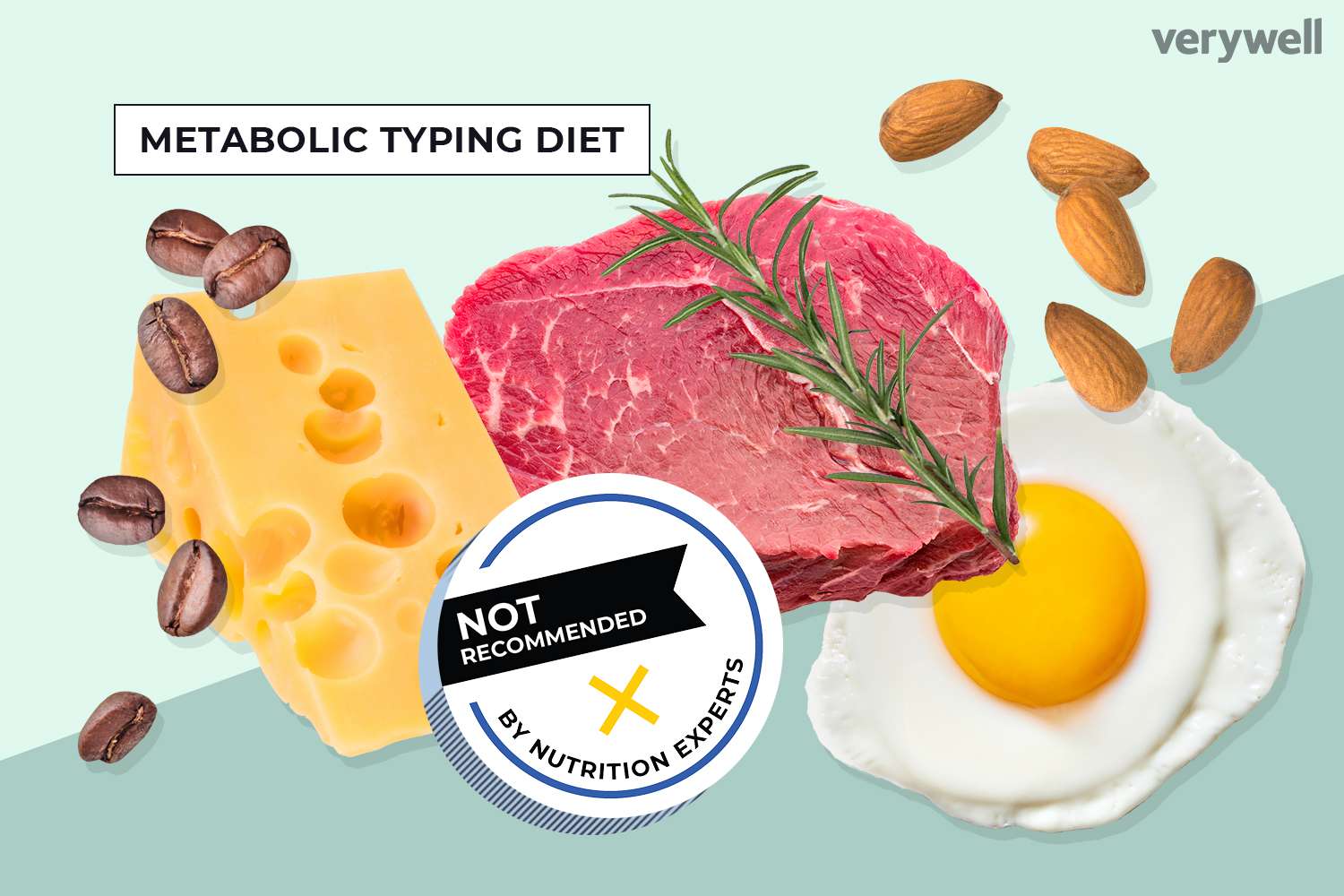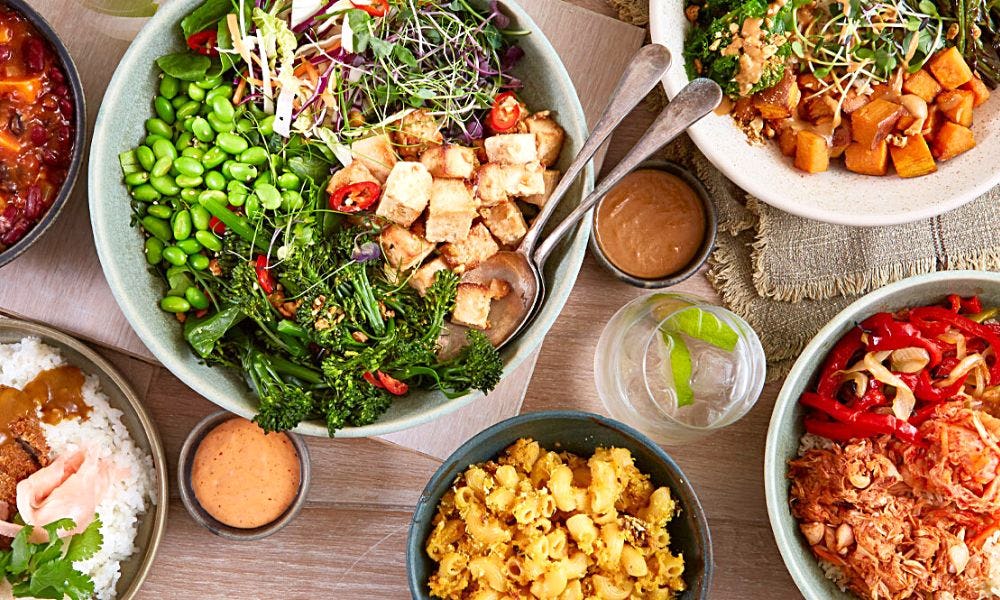
If you're a newbie to keto, there may be a lot questions you have about what you should eat, which foods are keto-friendly, and how you can stay on the right track with your diet. To help you on your journey, we've put together a free 7 day keto meal plan that covers a week of delicious meals using clean ingredients.
Keto meal plans are a great way for you to save energy, time, and money while setting yourself up to succeed! This will also help you avoid having to deal with last-minute meals, picky eaters or wasting time in the grocery store.
A keto diet plan allows you to consume a wide range of tasty foods, which will keep you feeling satisfied and energized. The main purpose of a ketogenic diet is getting your body into the state of ketosis. It can be done by eating very little carbs while increasing your fat consumption up to 70% to 75% of your daily calories.
During the first few days of your keto diet, you will likely experience what is called the "keto flu," which can be a difficult time for many people. The good news is that this is not permanent and it usually subsides after a few days.

You should also drink lots of water while on the ketogenic diet. You can minimize the symptoms of the ketoflu and stay hydrated by drinking plenty of water. You can also use a keto app to track your macros and ensure you're hitting your goals every day.
To be successful on a keto diet, you need to ensure that you are getting enough good fats and protein. Avoid sugar and carbohydrate intake. You can get these nutrients from a variety of sources, including lean meats, eggs, fish, and vegetables.
A moderate amount of dairy products such as milk, cheese and butter should be consumed. Add healthy oils to your diet, such as olive oil or avocado.
A lot of low carb, non starchy vegetables are a good choice. They will keep you full without raising your blood sugar levels. They can also boost your metabolism and help reduce your risk of obesity.
Avoid foods with a high glycemic index, like bread, pasta and rice. These can be a challenge to eliminate, but there are some easy swaps that will not only keep you satisfied, but they won't spike your insulin level.

For those who need a little extra help on their keto journey, there are also low-carb meal delivery services and keto frozen meals available at the grocery store that will make life easier.
Meal prep is an important part of any keto diet, but it's especially crucial when starting out on a new diet plan. You can get into the habit by prepping meals ahead of schedule. This will help you stick to the keto diet for a long time.
It's important to think about the meals that you like and how they could be turned into Keto-friendly recipes when planning your diet. This will ease you into the new way of life and help build healthy habits which will last for a lifetime.
FAQ
What is the difference in a calorie from a Kilocalorie?
Calories are units that measure the energy content of food. A calorie is a unit of measure. One calorie contains the energy needed to raise the temperature of one gram of water by one degree Celsius.
Kilocalories refer to calories in another way. Kilocalories are measured in thousandths of a calorie. 1000 calories is one kilocalorie.
What should I be eating?
You should eat lots of vegetables and fruits. They are high in vitamins and minerals, which can help strengthen your immune system. Vegetables and fruits are high in fiber which helps to digest and fill you up. Aim to eat five to six servings of fruit or veg each day.
You should also drink lots of water. Water flushes out toxins and helps you feel full between meals. Drink about eight glasses each day.
Consume whole grains and not refined. Whole grains have all the nutrients they need, including B vitamins. Refined grains are stripped of some of their nutritional value.
Avoid sugary drinks. Sugary drinks can be a source of empty calories, which can lead to obesity. Instead, opt for water, milk, or unsweetened tea.
Avoid fast food. Fast food is very low in nutrition. Fast food may be delicious, but it will not give you the energy that you need to perform your tasks properly. Choose healthier options like salads, soups and sandwiches as well as pasta dishes.
Limit your alcohol intake. Alcohol contains empty calories and contributes to poor nutrition. Limit your consumption to no more then two alcoholic beverages per week.
Try to cut down on red meat. Red meats are high-in saturated fats and cholesterol. You should choose lean cuts like beef, pork lamb, chicken and fish instead.
How can I live a life that is full of joy every day?
It is important to identify what makes you happy. Once you are clear about what makes you happy and satisfied, you can move on to the next step. You can also talk to others about how they live their best days every day.
You might also enjoy books like "How to Live Your Best Life", by Dr. Wayne Dyer. He speaks about happiness and fulfillment in all areas of life.
Statistics
- According to the Physical Activity Guidelines for Americans, we should strive for at least 150 minutes of moderate intensity activity each week (54Trusted Source Smoking, harmful use of drugs, and alcohol abuse can all seriously negatively affect your health. (healthline.com)
- According to the 2020 Dietary Guidelines for Americans, a balanced diet high in fruits and vegetables, lean protein, low-fat dairy and whole grains is needed for optimal energy. (mayoclinichealthsystem.org)
- WHO recommends consuming less than 5% of total energy intake for additional health benefits. (who.int)
- The Dietary Guidelines for Americans recommend keeping added sugar intake below 10% of your daily calorie intake, while the World Health Organization recommends slashing added sugars to 5% or less of your daily calories for optimal health (59Trusted (healthline.com)
External Links
How To
What does the meaning of "vitamin?"
Vitamins are organic compounds that can be found in foods. Vitamins help us absorb nutrients from foods we eat. Vitamins are not made by the body, so they must be obtained through food.
There are two types of vitamins: water soluble and fat soluble. Water-soluble vitamins dissolve quickly in water. Some examples include vitamin C,B1 and B2 vitamins (thiamine), B2 and riboflavin, B3 and niacin, B6 vitamins (pyridoxine), B6 vitamins (niacin), folic acids, biotin, pantothenic acids, and Choline. The liver and fatty tissues are home to fat-soluble vitamins. You can find vitamin D, E K, A and beta carotene as examples.
Vitamins are classified according their biological activity. There are eight main groups of vitamins.
-
A - Vital for healthy growth.
-
C - essential for proper nerve function, and energy production.
-
D – Essential for healthy teeth, bones and joints
-
E is required for good vision and reproduction.
-
K - required for healthy muscles and nerves.
-
P - vital for building strong bones andteeth.
-
Q – aids digestion and absorption.
-
R - necessary for making red blood cells.
The recommended daily allowance of vitamins (RDA), varies depending upon age, gender, physical condition, and other factors. The U.S. Food and Drug Administration, (FDA), sets the RDA value.
For adults 19 years and over, the RDA vitamin A intake is 400mg/day. However, pregnant women need 600 micrograms per day because it is important for fetal development. Children ages 1-8 require 900 micrograms per day. For infants younger than one year, 700 micrograms are required daily. However, this number drops to 500 micrograms each day for children aged 9-12 months.
Children aged 1-18 require 800 micrograms of sugar per day, while those who weigh more than 1200 need 1000. For their nutritional needs, underweight children need 1200 mg per day.
Children between 4-8 years of age who have been diagnosed by anemia must consume 2200 micrograms daily of vitamin C.
2000 micrograms daily is required for adults over 50 to maintain their general health. Due to their increased nutrient needs, pregnant and breastfeeding women need 3000 micrograms daily.
Adults over 70 need 1500 micrograms daily, since they lose around 10% of their muscle mass every decade.
Women who are pregnant, nursing or breastfeeding need more than the RDA. Pregnant woman need 4000 micrograms daily in pregnancy and 2500 per day after childbirth. Breastfeeding mothers require 5000 micrograms daily when breast milk production is occurring.